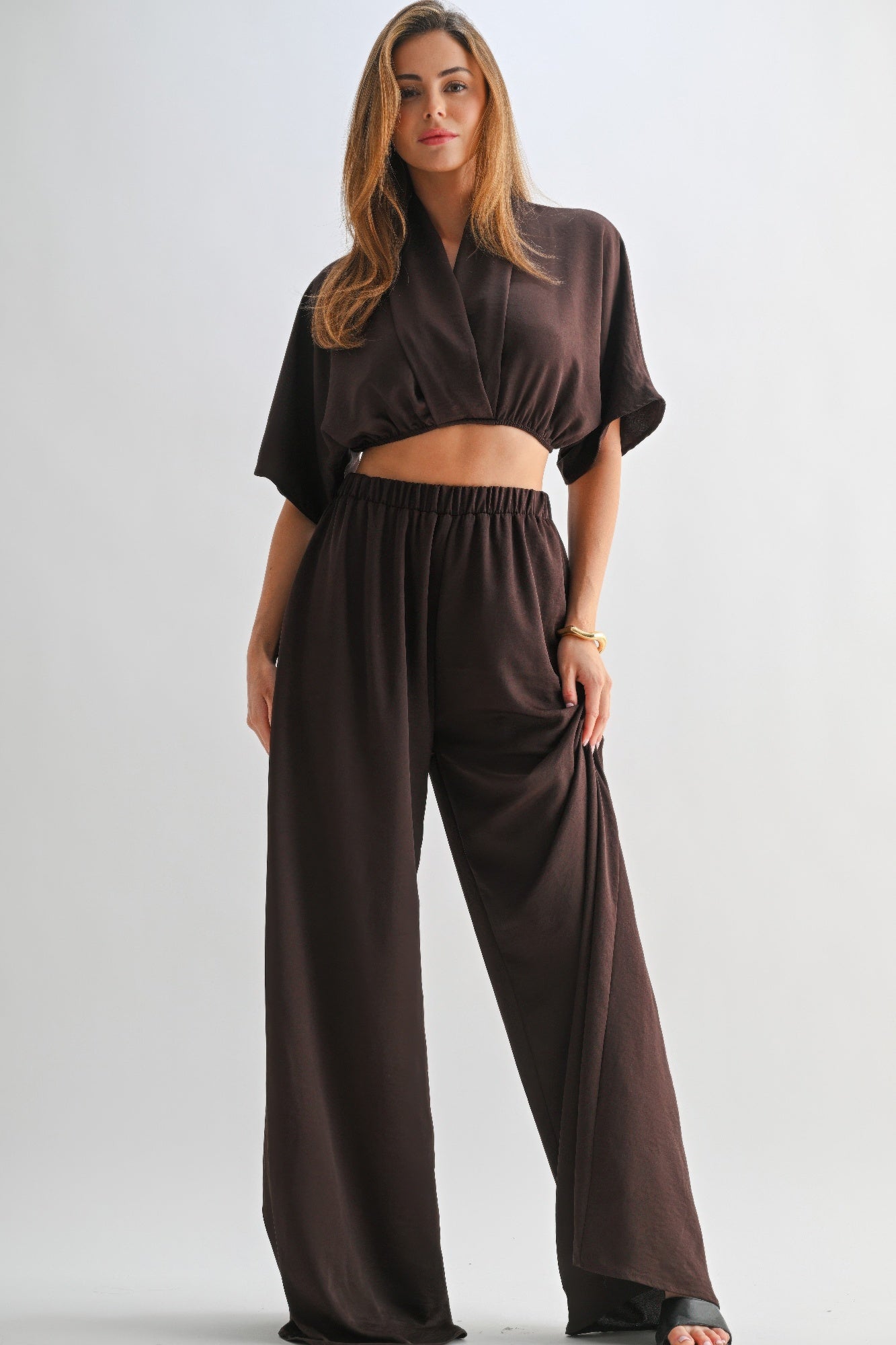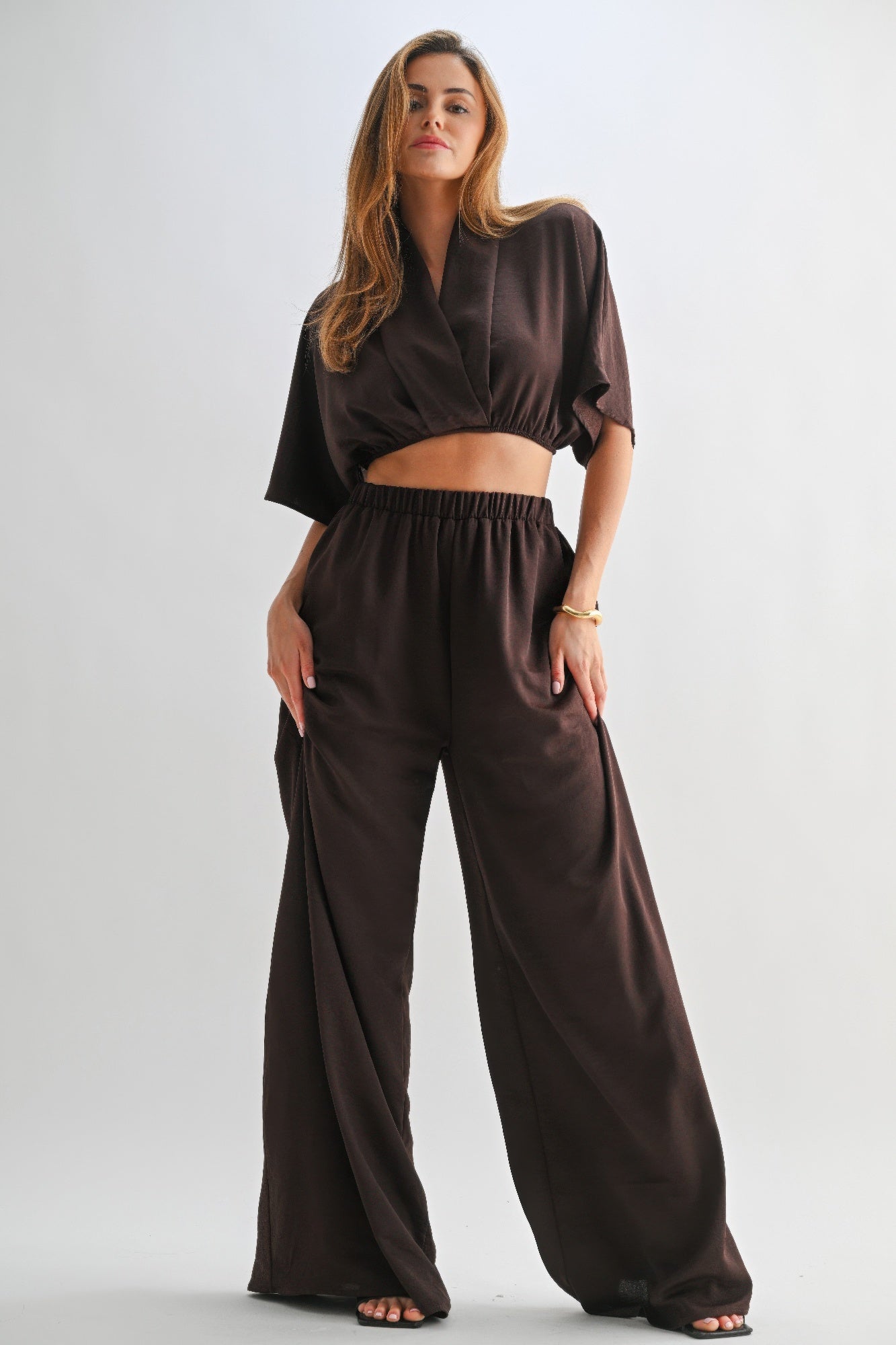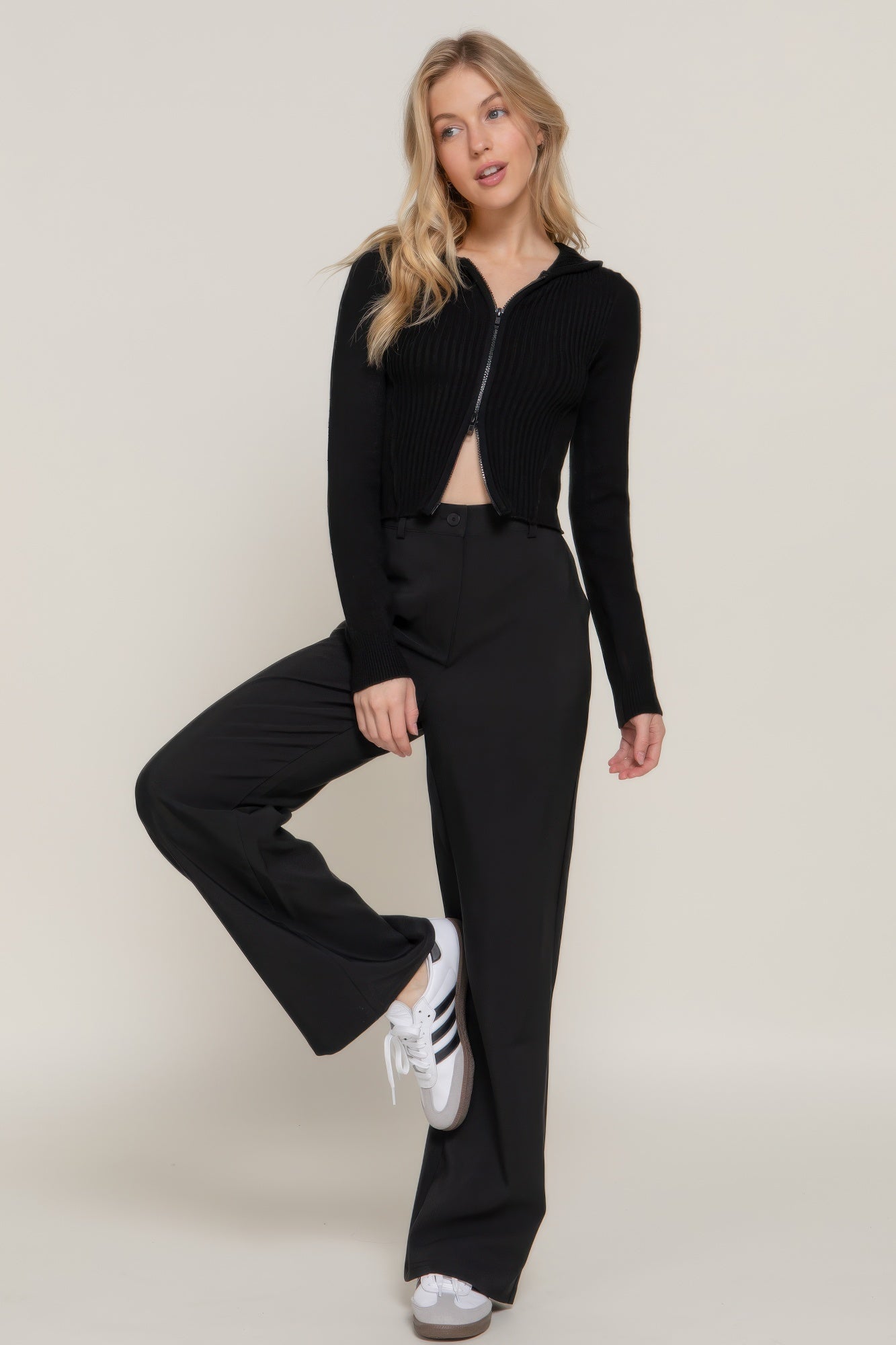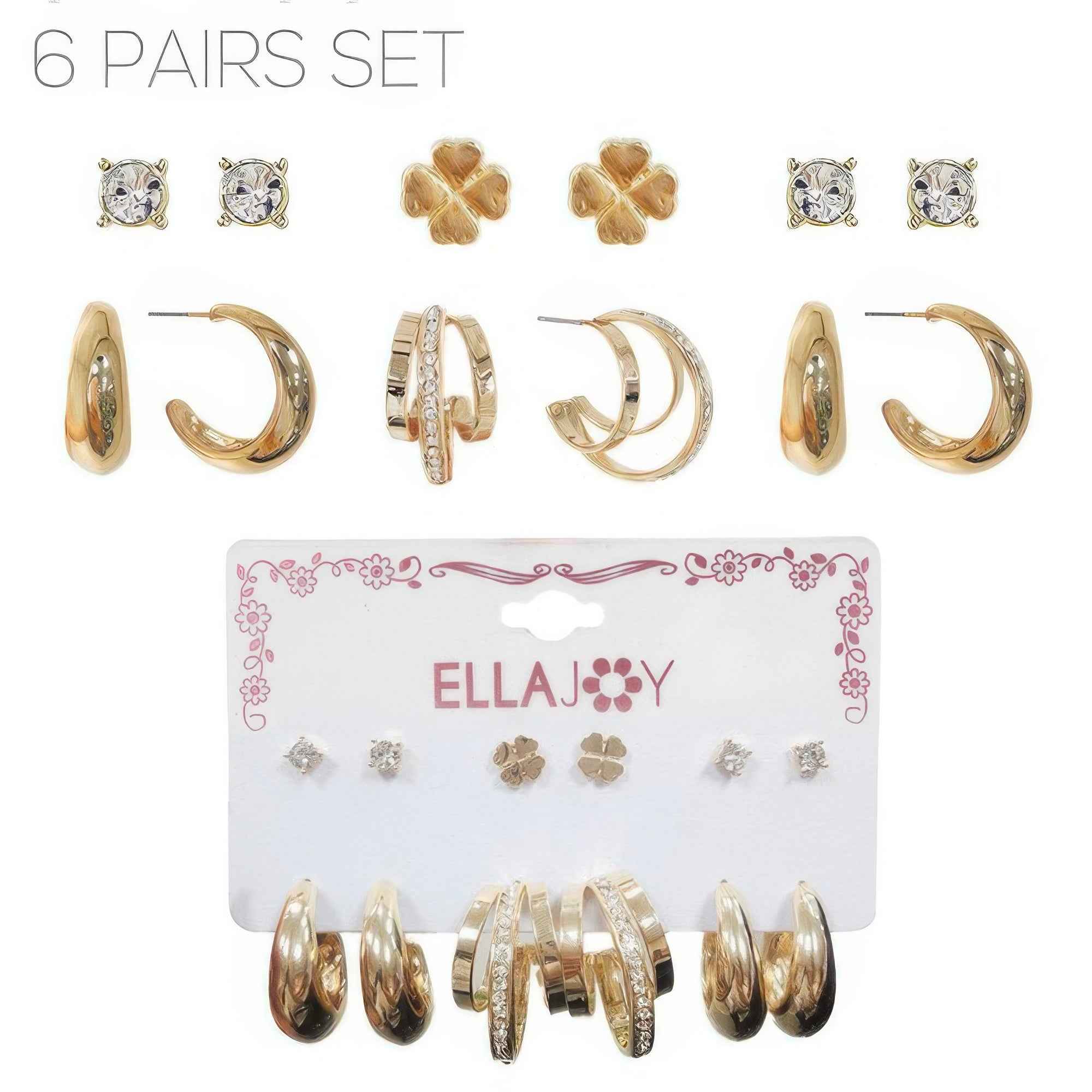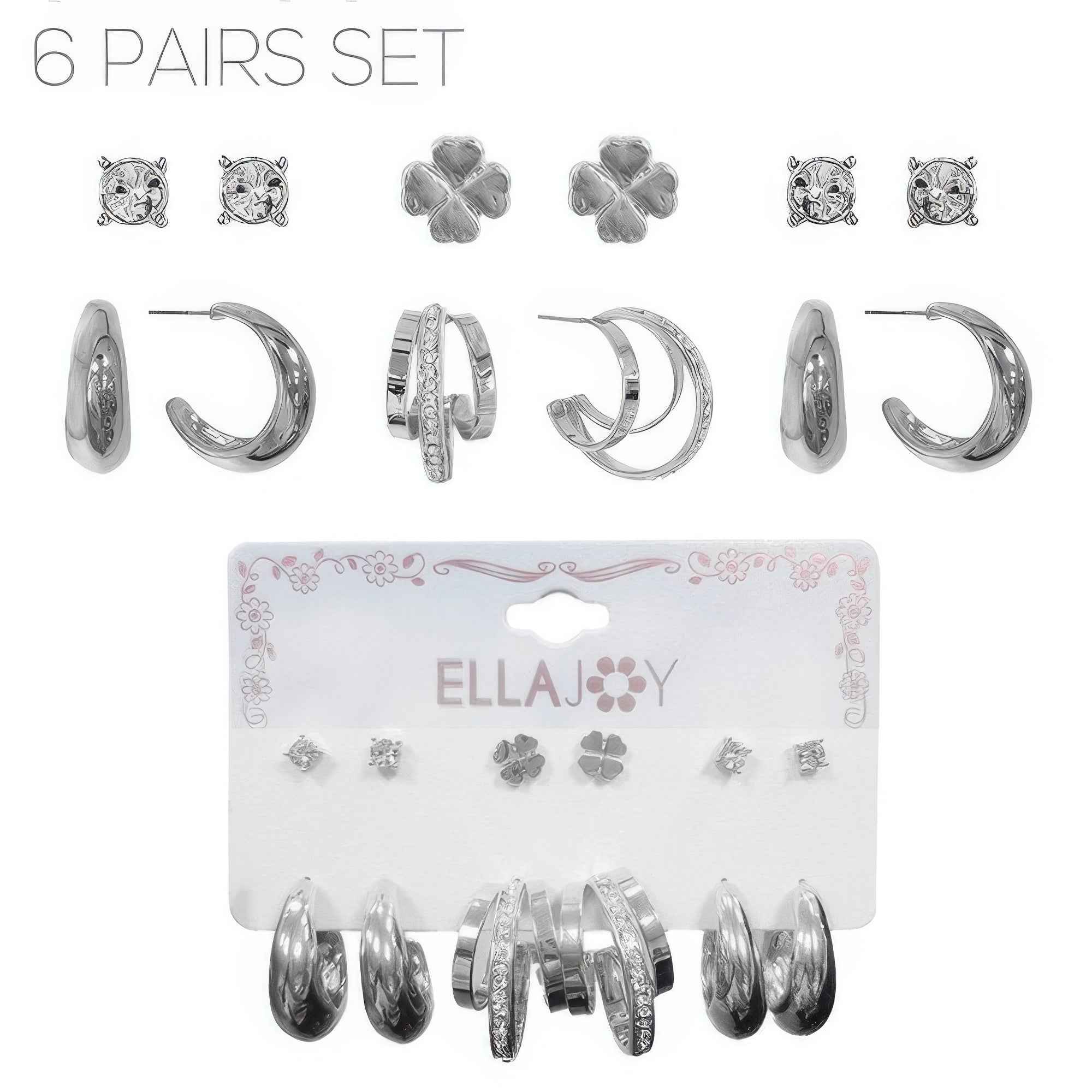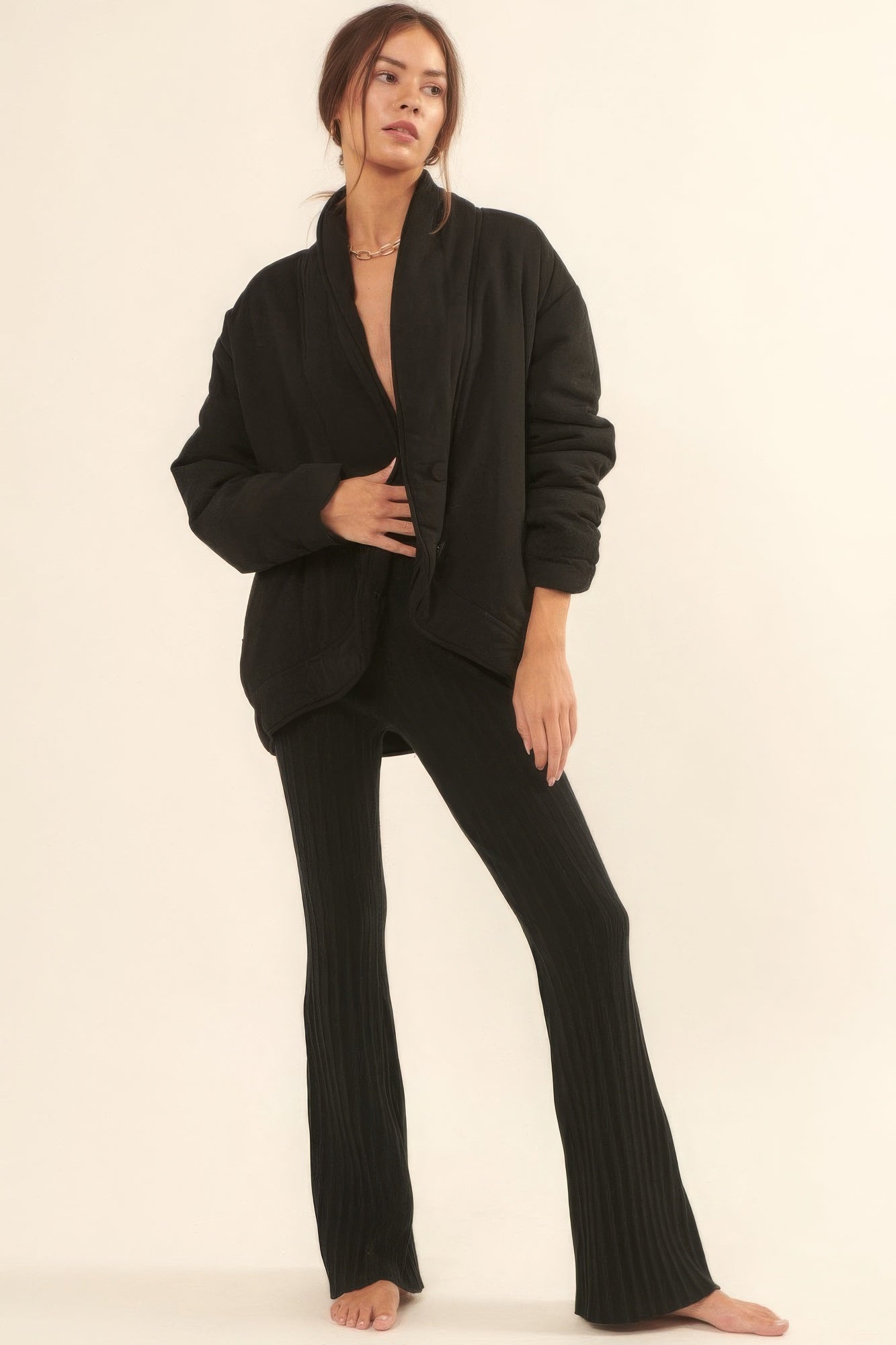The Timeless Story of Skirts: From Ancient Drapes to Modern Fashion Icons
The Origins of the Skirt
The skirt is one of the oldest garments in human history, predating even the invention of trousers. Archaeological evidence shows that skirts were worn as early as 3,900 B.C. in ancient Mesopotamia. Early depictions from Sumerian art reveal both men and women wearing skirt-like garments made from woven reeds or animal skins. These early skirts were practical, offering comfort and ease of movement in warm climates.
The First Known Skirt Designers
While no single person can be credited with designing the very first skirt, ancient civilizations played a major role in shaping its early forms. In Egypt, linen skirts known as “shendyt” were worn by men of all classes, while women often wore longer, pleated versions. In ancient Greece and Rome, draped garments like the “peplos” and “stola” evolved into more structured skirts, symbolizing status and femininity. These early designs were not the work of one designer but rather the result of cultural evolution and craftsmanship passed down through generations.
Skirts Through the Ages
During the Middle Ages, skirts became a staple of women’s fashion across Europe. Full-length skirts were often layered and made from heavy fabrics, reflecting wealth and social standing. By the Renaissance, skirts grew more elaborate, supported by hoops and petticoats to create dramatic silhouettes.
The 19th century introduced the crinoline and bustle, emphasizing volume and structure. However, the early 20th century brought a revolution—designers like Coco Chanel and Paul Poiret redefined the skirt as a symbol of freedom and modernity. Shorter hemlines emerged in the 1920s, marking a shift toward practicality and independence for women.
The Modern Evolution
By the mid-20th century, skirts became a canvas for self-expression. Christian Dior’s “New Look” in 1947 reintroduced full, feminine skirts after wartime austerity, while the 1960s saw the rise of the mini skirt, popularized by British designer Mary Quant. This bold design became a symbol of youth culture and liberation.
Today, skirts come in countless styles—pencil, pleated, A-line, wrap, and maxi—each reflecting different moods and occasions. They are worn by people of all genders and identities, continuing their legacy as one of the most versatile garments in fashion history.
Sustainability and the Future of Skirts
Modern fashion brands are reimagining skirts with sustainability in mind. Designers are turning to organic cotton, recycled fabrics, and ethical production methods to reduce environmental impact. The skirt’s journey from ancient practicality to modern sustainability mirrors the evolution of fashion itself—balancing beauty, comfort, and responsibility.
A Symbol of Style and Empowerment
From ancient civilizations to contemporary runways, the skirt has remained a timeless expression of culture, identity, and empowerment. Its enduring presence in wardrobes around the world proves that fashion is not just about trends—it’s about history, innovation, and the stories woven into every stitch.
Recent Blogs
The Timeless Story of Skirts: From Ancient Drapes to Modern Fashion Icons
The Origins of the Skirt The skirt is one of...
The Must-Have Jacket for Chilly Days: The Insulated Zip-Up Faux Fur Hooded Jacket
The Must-Have Jacket for Chilly Days: The Insulated Zip-Up Faux...
Embrace Your Unique Style: Fashion for Every Woman
Fashion is more than just clothing—it's a celebration of individuality,...

